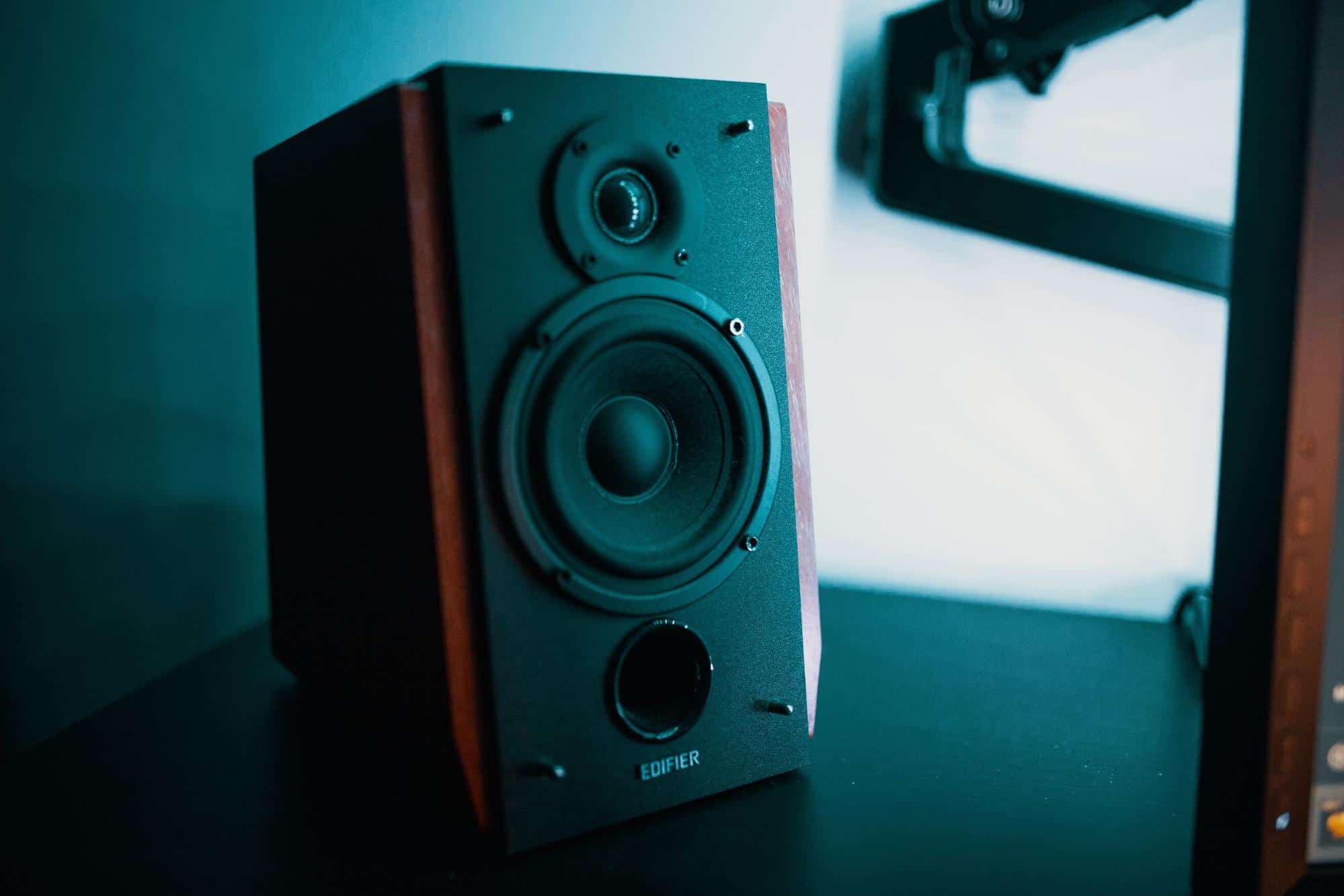Many audiophiles have turned away from MP3’s and other file types in order to embrace FLAC (Free Lossless Audio Codec) files.
In short, FLAC offers detail and quality that isn’t on par with the standard MP3 or some of its competing file types. On top of that, FLAC remains pretty universally compatible with devices, making it a viable alternative.
What is FLAC?
Files are compressed to a smaller size when they are distributed. There are many benefits for this, including saving on bandwidth and storage space. Different types of compression have different impacts on the file. FLAC is a lossless format. This means that the files do not lose data.
The alternative, lossy compression, is what is used for files like MP3. These tend to be smaller, but they lose some detail, which is a real downside. Audiophiles and those who want to listen to music in the best possible clarity can find this a real hindrance.
Put simply, there’s no point in buying exceptional speakers or a brilliant surround sound system and then using MP3 or other lossy files. You simply won’t be using them to their full potential.
Compatibility
There are other lossless formats such as WAV, which is used a lot in audio production. However, device compatibility can be an issue with WAV files. FLAC files are less problematic in this respect. Many music players can successfully play FLAC files.
FLAC is not as native to most devices as MP3, which has been standard since the early days of music players due to the small size. However, there are simple workarounds for those devices that don’t natively support FLAC.
Android devices support FLAC files natively, as do modern operating systems on Windows and Mac. You can play the files through these systems’ respective music players.
FLAC files can be played via Apple devices, though not through the iTunes or Apple music apps. So, you will need to download a specific app to play the FLAC files through your “Files” app. It’s not ideal, but it’s a simple and easy workaround.
In terms of streaming, Tidal HiFi users can take advantage of FLAC files, streamed at 44.1 kHz / 16 bit.
If you are using a Blu-Ray or DVD player as the center of your home audio setup (many people do this for immersive audio setups) then you can burn your FLAC files to an audio CD or onto a DVD to play them. FLAC can support 5.1 and 7.1 multichannel audio.
Where to Buy and Download FLAC Music
People who normally use MP3 to listen to their music usually have one central hub for streaming or buying music, such as Spotify or Apple Music. For the real high-end files, you need to go looking for them.
Some places where you can buy FLACs include:
HDtracks - this is one of the biggest catalogs of music that can be bought as FLAC files. If you like relatively obscure music, this might be your best shot.
Bandcamp - Bandcamp connects artists to their fans in a direct way, and allows the sale of FLAC files. Often, these are either the same price or a little bit more expensive than MP3’s. Another benefit of using Bandcamp is that artists usually see more of the profits.
Immersive Audio Album Shop - You can find a number of 5.1 and immersive audio releases here on the Immersive audio album shop, sold as FLAC files.
Upon downloading the files from any of the above, you can play them directly from a device or burn them to CDs or DVDs.
How to Download FLAC Music on IAA
One of our goals at IAA is to make it as simple as possible to download and play FLAC music. You can take a look at this brief tutorial below to see how you can download and play multichannel FLAC files for your surround sound enjoyment:
Conclusion
FLAC music provides a brilliant step-up from MP3s, and a foray into lossless music that you will wish you had tried earlier. In the modern age, it’s easier than ever to get FLAC files and play them through your sound system, enjoying the benefit of high fidelity audio, even in immersive formats.

